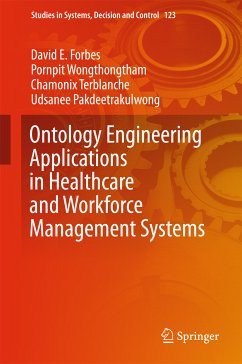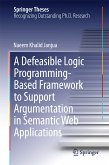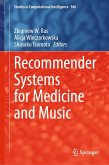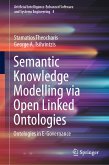Looking beyond the communications technology horizon and projecting future competency-specific employment demand, this book presents an evaluation of desirable information systems enhancements by integrating two disparate-domain computer ontologies. It provides readers a fresh solutions approach based on dynamic modeling and methodological contributions to philosophical and assistive communications system development in healthcare, addressing the need for both demand intelligence and practical work environment support.
The pace of change in redefining occupation-specific employee resourcing needs is unrelenting and continues to accelerate. And the exponential growth in the demand for healthcare service delivery is correspondingly daunting. As such, the public and private sectors are faced with the challenge of sustaining credible relevant demand intelligence and recruitment practices, while integration, expansion and enrichment of ostensibly unconnected ontologies represent key R&D issues.
Dieser Download kann aus rechtlichen Gründen nur mit Rechnungsadresse in A, B, BG, CY, CZ, D, DK, EW, E, FIN, F, GR, HR, H, IRL, I, LT, L, LR, M, NL, PL, P, R, S, SLO, SK ausgeliefert werden.









